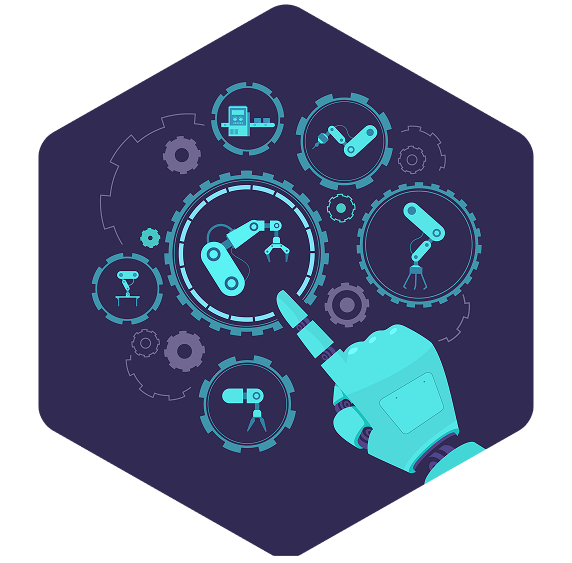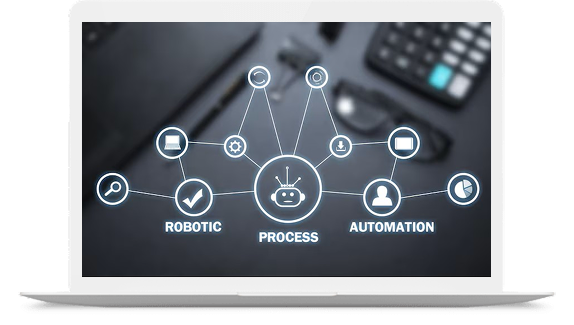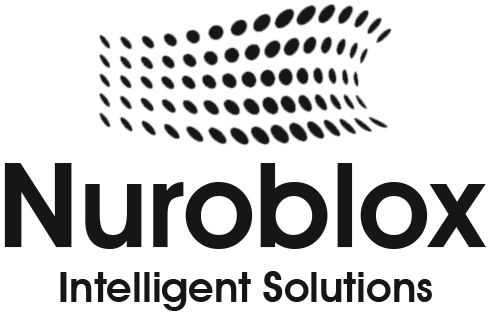Robotic Process Automation
- Home
- Robotic Process Automation

// ABOUT RPA
Robotic Process Automation
Robotic Process Automation (RPA) is redefining how businesses operate by eliminating repetitive manual tasks and speeding up workflows. With intelligent software bots, companies can reduce errors, boost productivity, and focus on innovation.

What is Robotic Process Automation (RPA)?
Benefits of RPA
Improved Efficiency
Executes tasks faster than human workers. RPA bots operate 24/7 without fatigue, ensuring continuous performance and faster turnaround times.
Cost Reduction
Cuts operational costs by automating routine activities. Organizations save significantly on labor costs while reallocating resources toward strategic growth.
Scalability
Bots can be deployed quickly to handle workload fluctuations. Businesses can expand or shrink automation capacity on demand without heavy infrastructure changes.
Scalability
Bots can be deployed quickly to handle workload fluctuations. Businesses can expand or shrink automation capacity on demand without heavy infrastructure changes.
How Does RPA Work?
Robotic Process Automation works by mimicking human actions through predefined rules or recorded tasks, allowing bots to execute repetitive processes with speed and accuracy. These software robots can log into enterprise applications, extract and process large volumes of data, complete forms, validate information, generate reports, and even bridge communication across different systems such as ERP, CRM, and legacy platforms. The best part is that RPA runs quietly in the background, integrating seamlessly with existing IT infrastructure without the need for complex programming or disruptive system changes.
We’re Here to Assist You and Address
All Your Questions Anytime!
RPA Use Cases Across Industries
Banking & Finance
Retail & E-commerce:
Human Resources

Automating KYC processes, compliance checks, fraud detection, and report generation.

Inventory tracking, order fulfillment, customer query handling, and invoice reconciliation.

Payroll processing, employee onboarding, and recruitment workflows.
Why is RPA Transformative?
Challenges of Implementing RPA
The Future of RPA in Automation







